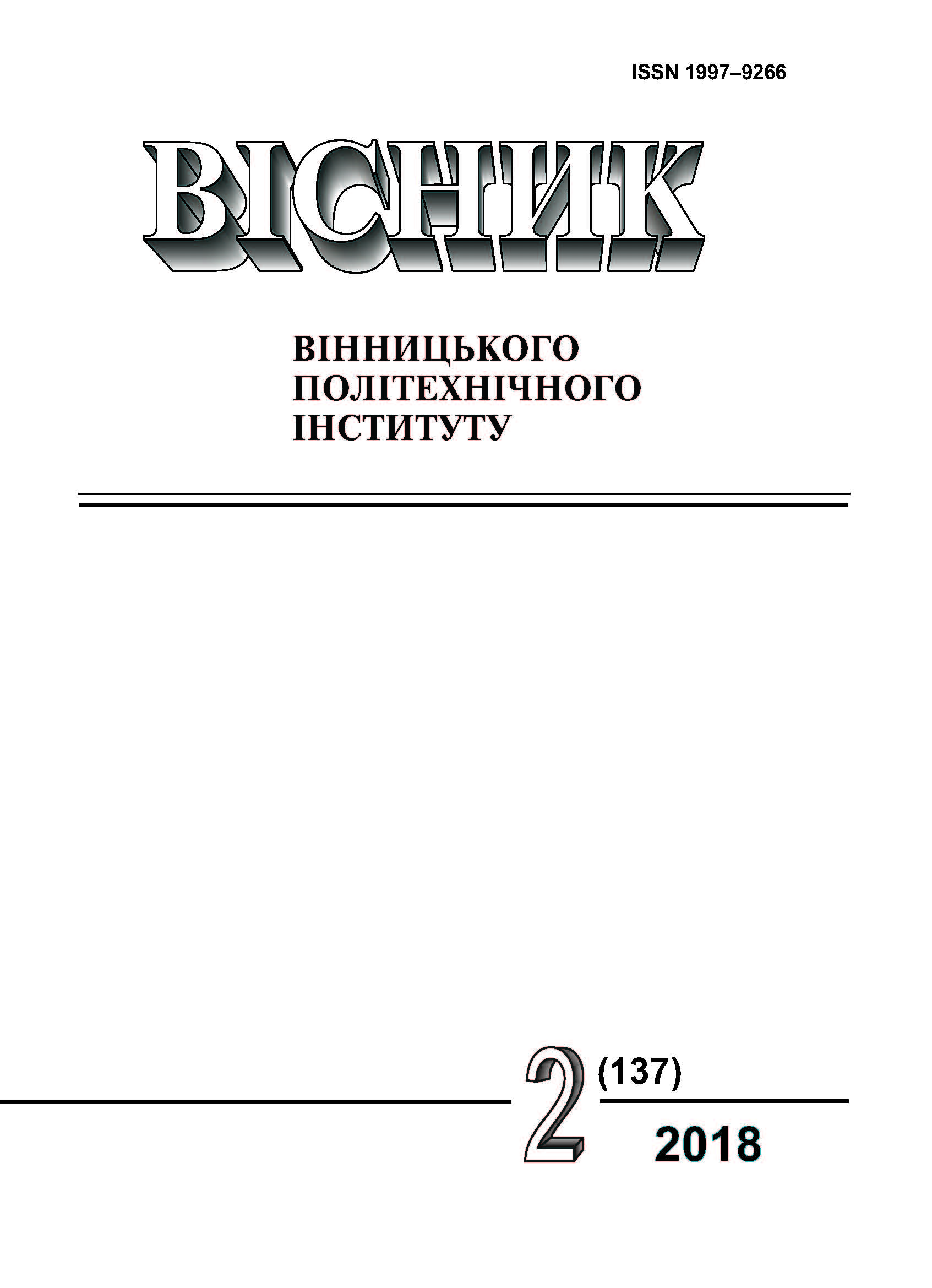Analysis of Component-oriented Methods of Software Developing for E-business Engineering
Keywords:
component-oriented development, electronic business engineering, component, evaluation criteria, modelingAbstract
Component-based development is a way to develop software, where the benefits of reuse are of great importance. Rapid adaptation to market changes is critical to e-business. A component-oriented development can provide a quick implementation, flexibility, and scalability. Five popular methods are discussed in the paper. They are as follows CADA, Catalysis, Comet, Rational Unified Process, and Select Perspective. Listed methods were estimated in terms of suitability for use in the context of e-business engineering. The concepts, procedures, methods, and level of instrumental support are investigated for each of these methods. The evaluation is based on a scheme for the development of e-business and a list of objective criteria. The criteria are background, methodology, process support, reuse, use of modern simulation techniques, tool support, and implementation platform.
The Select Perspective support process offers a very strict process with clear results and actions. Catalysis is oriented on how to use the method in some specific situations. CADA, COMET, and RUP offer something average between these extremes. Regarding reuse, Select Perspective is the most attractive method in terms of having a component manager, a mechanism for storing and finding components. The rest of the examined techniques depend on the experience of the developers in finding the components. CADA, Catalysis, Comet do not provide special tool support, but this applies to standard UML tools. Select Perspective and Rational Unified Process methods, derived from industrial methods, provide great tool support. All methods depend on the platform. Component’s characteristics are important for component-oriented development. They allow developing or distinguishing a component and judging the completeness of the component. This problem is underestimated in the researched methods. Consequently, there is no method of developing components which could satisfy listed elements. The article finds that the main components of component-oriented development, components and reuse are not yet mature, and the range of tools for component-oriented development is insufficient. All of the methods discussed focus on some aspects of component-oriented development. However, none of them offers a complete solution so far.
Downloads
-
PDF (Українська)
Downloads: 375
Published
How to Cite
Issue
Section
License
Authors who publish with this journal agree to the following terms:
- Authors retain copyright and grant the journal right of first publication.
- Authors are able to enter into separate, additional contractual arrangements for the non-exclusive distribution of the journal's published version of the work (e.g., post it to an institutional repository or publish it in a book), with an acknowledgment of its initial publication in this journal.
- Authors are permitted and encouraged to post their work online (e.g., in institutional repositories or on their website) prior to and during the submission process, as it can lead to productive exchanges, as well as earlier and greater citation of published work (See The Effect of Open Access).





